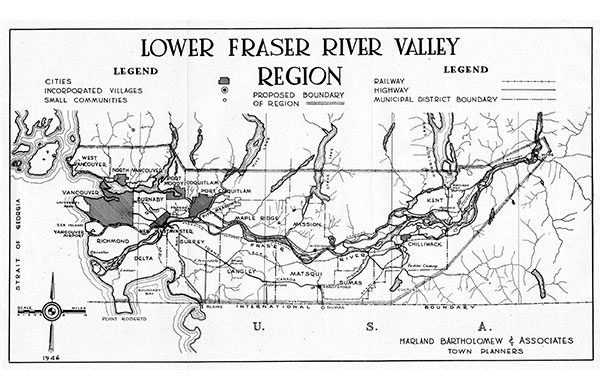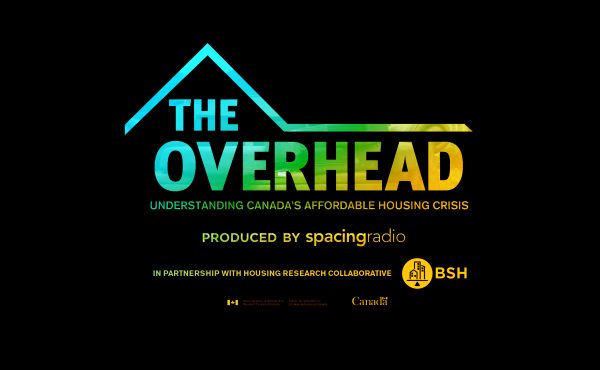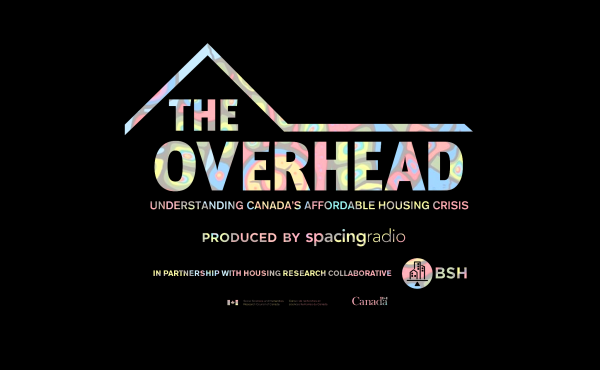
Developing Alternatives
Let’s assume that we’ve managed to develop clear, meaningful objectives that have been made more comprehensive through connecting them strongly to the form of the city, we still face the challenge of generating and evaluating different city-wide design alternatives.
It’s worth reiterating at this point that the design process is not linear and can—and should—re-inform the objectives and goals. Seeing one alternative, for example, may force one to re-evaluate a specific goal or its weighting against others. This is normal and should be welcomed.
When dealing with large-scale city design and planning, it’s common to start off with a lot of objectives that seemingly don’t relate to one another very well and/or that have constraints that are vague and variable. The generation of alternatives—evaluated against the ‘intermediate’ goals—should help clarify things, so there’s no need to be too forceful in perfecting the objectives before alternatives are generated.
So, where to start? Well, anywhere. Choosing a fixed set of options—between 3-5 seems to work well—allows for a diverse yet limited collection to begin with. These can be randomly generated without any thoughts towards the objectives, based on certain ‘exemplary models’, suggested by the existing context, or guided by the goals and objectives. There is no hard-and-fast rule.
Armed with goals that are connected to city form (even a little) will help in evaluating the alternatives. Certain ones will quickly be eliminated as they violate the objectives by too great a margin. The rest are weighted against one another, with certain ones being developed further or combined—integrating elements of two or more alternatives into a single option. This process of producing alternatives, evaluation and modification continues until the ‘best’ single option(s) are apparent.
Anywhere along the process, different options can, and should, be open to wider public debate across diverse stakeholders to sharpen objectives and help with weighting or conflict resolution. Feedback is necessarily slow to filter through but invaluable in creating a more robust, resilient plan.
The development of alternatives comes with the added demand of representing one’s ideas to themselves and others, via drawing, models, etc. That all forms of representation carry biases is often taken for granted and must be given a lot of important attention.
The growth of various representation softwares has opened many amazing possibilities—such as the ability to easily model and analyze the impacts of different combinations of city patterns over time, across associated metrics—but can also be very deceptive. Expanding on the impacts of city visuals on city form is a series in itself. For our purposes, however, it suffices to say that one should take great care in being aware of the biases behind the representations generated for the design options.
What methods are typically used in developing alternatives? This is often the domain of designers and there are a number of possible approaches. However, two approaches are quite common:
- Focusing on a single goal: This is arguably the most popular approach and involves a designer(s) focusing on one specific goal and develop solutions that clarify it to the best of their abilities. Other objectives that support the dominant goal in some way are addressed secondarily, while the remainder is either met to a ‘satisfactory’ level or deemed unnecessary and eliminated all together.This is the design equivalent of the optimizing one objective weighting approach described earlier in Weighting Goals and Objectives and is rooted in the architectural tradition of schooling and practice. Given that city planning and urban design grew from this tradition, it makes sense that it would inherit this method. The benefit of this approach is that it can produce very clear, conceptually consistent options, but given that it’s dominated by meeting one overarching objective, one can’t be certain that it will meet the complex system of goals the characterize the modern city. Architecture and cities share some similarities, of course, but they aren’t the same. Cities are much more complex and typically live much longer than singular, building-scale projects. To assume one can use identical methods of designing architecture and cities is optimistic, at best.
- Intuitive, context-based and incremental: another common method used by designers is to let the context ‘speak’ to a design direction, then build on this kernel incrementally until a larger design presents itself. This is a more intuitive approach and assumes that once all the objectives are ‘internalized’ they will subconsciously inform the design direction and options in a positive way. Contextual elements that can serve as catalysts vary widely, from ‘recognizing’ the ‘essential character’ of the terrain to ‘reading’ a ‘significant’ city form-based pattern within the existing urban structure (a potential ‘monumental axis’ that can serve as an armature for other functions, for example.). This approach doesn’t need to be with a singular focus. Particularly at large-scale of an existing city, a designer may look for a number of contextual catalysts in different locations—say, one for each neighbourhood—and develop them gradually at the individual level: the larger city-wide plan simply being the resulting sum of all the individual design options. To a certain degree, this mimics the way the city actually works, with thousands of people making small design decisions continuously, without necessary consideration of the whole. And here lies its main shortcoming, in that developing an overarching city-wide vision using this approach is extremely difficult as there is no required coordination between its parts.
As we can see, both approaches have their pros and cons. They are complementary in many ways however, and this being the case, an approach that combines the two and enfolds other common planning practices discussed in earlier sections of this series is arguably the most rational. That is, one might consider optimizing a single goal (or a small handful of goals) at the larger-scale, plus contextual solutions for smaller areas, plus importing models, in addition to random form-based innovations that can be incrementally implemented. This would allow the weaving together of seemingly disconnected design options into a larger, more comprehensive vision for the city: one that can be gradually refined and developed over time.
Like with any design proposal, a city-wide plan that develops from this hybrid method can be evaluated against the decided-upon goals and objectives, then chosen and refined accordingly. Such a process would necessarily take more time, but will be more thorough and ultimately have stronger results: avoiding the common totalitarian schemes of the past that have proposed oversimplified, top-down solutions to complex social, cultural and environmental problems.
It’s important to remember that any of the above methods is maximized by the involvement of talented and diverse people. Although the results of the hybrid method are typically better than the other two individually, the stronger and more diverse the abilities of those involved, the better the overall result. Naturally, city-wide planning processes would be best if they combine people with a wide cross-section perspectives and skills, in conjunction with a strong (hybrid) method.
Having considered ways of developing alternatives, it’s a good time to revisit the issue of time as it related to city-wide planning: something we will do in Part 7.
***
In case you missed it:
- Planning City-wide: A Primer – Part 1
- Planning City-wide: A Primer – Part 2
- Planning City-wide: A Primer – Part 3
- Planning City-wide: A Primer – Part 4
- Planning City-wide: A Primer – Part 5
- Planning City-wide: A Primer – Part 7
- Planning City-wide: A Primer – Part 8
**
Erick Villagomez is one of the founding editors at Spacing Vancouver and the author of The Laws of Settlements: 54 Laws Underlying Settlements across Scale and Culture. He is also an educator, independent researcher and designer with personal and professional interests in the urban landscapes. His private practice – Metis Design|Build – is an innovative practice dedicated to a collaborative and ecologically responsible approach to the design and construction of places. You can see more of his artwork on his Visual Thoughts Tumblr and follow him on his instagram account: @e_vill1.




